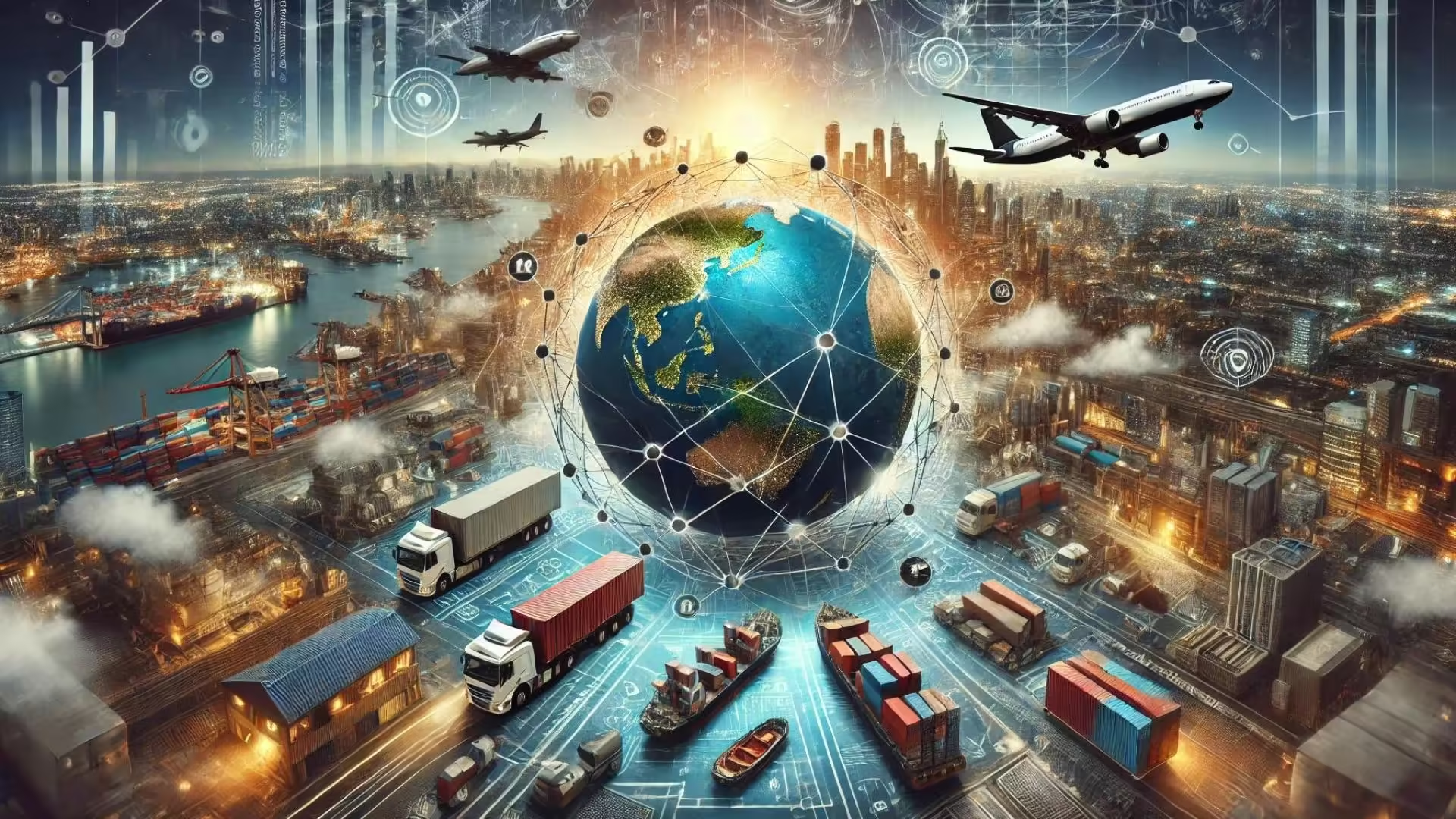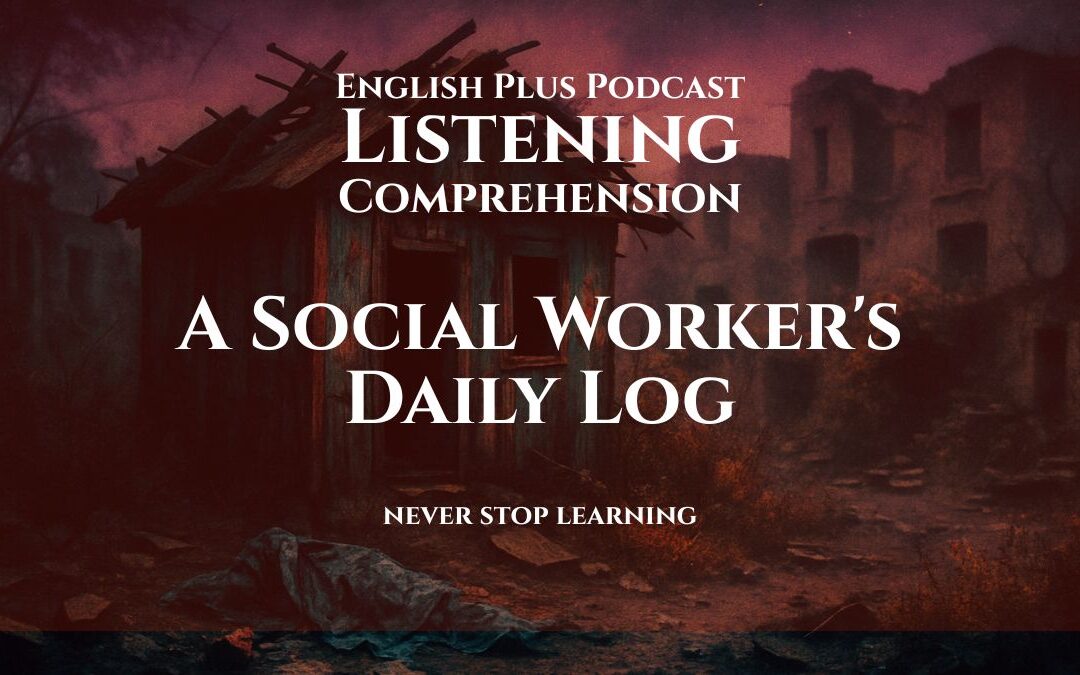In our interconnected world, the global supply chain serves as the backbone of business operations, seamlessly moving goods and materials across continents. But what happens when this complex network faces disruptions? Understanding the implications of global supply chain disruptions is essential for businesses of all sizes, whether you’re managing a multinational corporation or running a small local shop. Let’s dive into how these disruptions can impact your business and explore strategies to navigate these challenges effectively.
The Ripple Effect of Supply Chain Disruptions
Imagine you’re a manufacturer producing electronic devices. You rely on components sourced from various countries—semiconductors from Taiwan, batteries from South Korea, and displays from Japan. Now, consider the impact if one of these suppliers experiences a sudden shutdown due to a natural disaster, political instability, or a global pandemic. The ripple effect of this disruption can cascade through your production line, leading to delays, increased costs, and dissatisfied customers.
This scenario isn’t hypothetical. During the COVID-19 pandemic, businesses worldwide witnessed firsthand how fragile supply chains could become. Lockdowns, border closures, and labor shortages led to delays and shortages in industries ranging from automotive to consumer electronics. This disruption highlighted the vulnerabilities within global supply chains and underscored the need for businesses to rethink their strategies.
The Importance of Supply Chain Resilience
Supply chain resilience refers to a company’s ability to anticipate, prepare for, and respond to disruptions. Building resilience isn’t just about having a backup plan; it’s about creating a robust system that can adapt to changing circumstances. Here are some key strategies to enhance supply chain resilience:
- Diversification of Suppliers: Relying on a single supplier for critical components can be risky. By diversifying your supplier base, you reduce dependency on one source and mitigate the impact of disruptions. For instance, Apple has diversified its supply chain by sourcing components from multiple countries, reducing its vulnerability to regional disruptions.
- Investing in Technology: Technology plays a crucial role in enhancing supply chain visibility and efficiency. Implementing advanced analytics and real-time tracking systems allows businesses to monitor their supply chains closely and respond quickly to potential disruptions. Amazon, for example, uses data analytics to optimize its logistics network and ensure timely deliveries.
- Building Strong Relationships: Collaborating closely with suppliers and logistics partners can foster better communication and problem-solving. By establishing strong relationships, businesses can work together to find solutions during disruptions. Toyota’s close collaboration with its suppliers has helped it maintain production stability even during challenging times.
- Inventory Management: Maintaining optimal inventory levels is crucial for balancing supply and demand. Adopting a just-in-time (JIT) approach can reduce excess inventory, but it’s essential to have contingency plans to address sudden demand spikes. During the pandemic, many companies reevaluated their inventory strategies to avoid stockouts and meet customer needs.
Real-Life Examples and Lessons
Let’s take a look at some real-life examples of how businesses have navigated supply chain disruptions and what we can learn from their experiences.
- Ford and the Semiconductor Shortage: The automotive industry was hit hard by a global semiconductor shortage in 2021. Ford had to temporarily shut down production lines due to chip shortages. In response, Ford shifted its focus to prioritizing the production of high-demand models and worked closely with chip suppliers to improve future supply chain planning.
- Procter & Gamble and Natural Disasters: Procter & Gamble faced supply chain challenges after the 2011 earthquake and tsunami in Japan disrupted the production of key raw materials. The company responded by diversifying its supplier network and investing in supply chain visibility tools to better predict and manage future disruptions.
The Path Forward: Taking Action
Understanding the implications of global supply chain disruptions is just the beginning. It’s time to take action and apply these insights to strengthen your business’s resilience. Here are some steps you can take:
- Conduct a Risk Assessment: Identify potential vulnerabilities in your supply chain and evaluate the impact of different disruption scenarios. This assessment will help you prioritize areas for improvement.
- Develop a Contingency Plan: Create a comprehensive plan outlining how your business will respond to various disruption scenarios. Ensure that all stakeholders are aware of their roles and responsibilities.
- Invest in Training and Education: Equip your team with the knowledge and skills needed to navigate supply chain disruptions effectively. Regular training sessions and workshops can enhance your team’s preparedness.
- Monitor and Adapt: Continuously monitor your supply chain and adapt your strategies as needed. Stay informed about global events and industry trends that could impact your supply chain.
By taking proactive steps to address supply chain disruptions, you can enhance your business’s ability to adapt and thrive in an ever-changing world. Embrace the challenge, and use these insights to turn potential disruptions into opportunities for growth and innovation.
Expand Your Vocabulary
This section explores key words and expressions used in the article about global supply chain disruptions. Understanding these terms will enhance your comprehension of the article and help you incorporate them into your everyday English.
- Supply Chain
Meaning: The entire system of production, processing, and distribution of goods from raw materials to the final customer.
Context: The global supply chain moves goods and materials across continents.
Everyday Use: You might refer to a supply chain when discussing how products reach store shelves, such as “The supply chain for fresh produce involves farmers, distributors, and retailers.” - Disruption
Meaning: A disturbance or interruption that causes a system to break down or function improperly.
Context: The article discusses how disruptions in the supply chain can affect business operations.
Everyday Use: You might use “disruption” to describe an interruption in daily routines, like “The power outage caused a disruption in our work schedule.” - Ripple Effect
Meaning: The continuing and spreading results of an event or action.
Context: The ripple effect of supply chain disruptions can lead to delays and increased costs.
Everyday Use: You could describe how a small change can have widespread impacts, such as “Her decision to leave the company had a ripple effect on the entire team.” - Resilience
Meaning: The ability to recover quickly from difficulties; toughness.
Context: Supply chain resilience is crucial for adapting to disruptions.
Everyday Use: You might describe someone who recovers quickly from setbacks as resilient, like “His resilience helped him bounce back after the setback.” - Diversification
Meaning: The process of varying products, investments, or operations to reduce risk.
Context: Diversification of suppliers reduces dependency and mitigates disruptions.
Everyday Use: You might diversify investments to spread risk, such as “She diversified her portfolio by investing in stocks, bonds, and real estate.” - Visibility
Meaning: The state of being able to see or be seen; in business, the ability to track and monitor processes.
Context: Supply chain visibility is enhanced through technology and tracking systems.
Everyday Use: You might seek visibility in a project to ensure transparency, like “Increased visibility into the process allowed for better decision-making.” - Collaboration
Meaning: The action of working with others to achieve a common goal.
Context: Building strong relationships through collaboration helps businesses navigate disruptions.
Everyday Use: You might collaborate with colleagues on a team project, saying, “The collaboration between departments led to a successful outcome.” - Contingency Plan
Meaning: A strategy or plan prepared to respond to possible future emergencies or problems.
Context: Developing a contingency plan helps businesses respond effectively to disruptions.
Everyday Use: You might create a contingency plan for unexpected events, such as “Our contingency plan ensures that we can continue operations during emergencies.” - Optimization
Meaning: The process of making something as effective or functional as possible.
Context: Technology aids in optimizing supply chain operations for efficiency.
Everyday Use: You might optimize a schedule for better time management, like “We optimized our schedule to ensure that tasks are completed on time.” - Logistics
Meaning: The detailed coordination of complex operations involving people, facilities, and supplies.
Context: Effective logistics are essential for timely deliveries and supply chain management.
Everyday Use: You might discuss logistics when planning an event, such as “The logistics for the conference included transportation, catering, and accommodation arrangements.”
Let’s Talk
After exploring the implications of global supply chain disruptions, consider the following thought-provoking questions. Reflect on these questions and feel free to share your thoughts in the comments or discuss them with friends and family to deepen your understanding of the topic.
- How can businesses strike a balance between cost efficiency and supply chain resilience in today’s global market?
- What role does technology play in predicting and mitigating supply chain disruptions, and how can businesses leverage these tools effectively?
- How might geopolitical events and natural disasters continue to shape global supply chains in the future?
- What lessons can small businesses learn from larger corporations regarding supply chain management and risk mitigation?
- In what ways can consumers impact supply chain practices and encourage more sustainable and resilient operations?
- How does globalization affect supply chain dynamics, and what are the potential benefits and drawbacks for businesses?
- What strategies can businesses adopt to improve supplier relationships and foster greater collaboration in the face of disruptions?
- How can companies ensure ethical practices within their supply chains, particularly when sourcing materials from different countries?
- What are some potential innovations in logistics and supply chain management that could transform the industry in the coming years?
- How can education and training programs better prepare individuals for careers in supply chain management and logistics?
These questions encourage reflection on the complexities of supply chain management, fostering a deeper understanding of how businesses can adapt and thrive in an interconnected world.











0 Comments